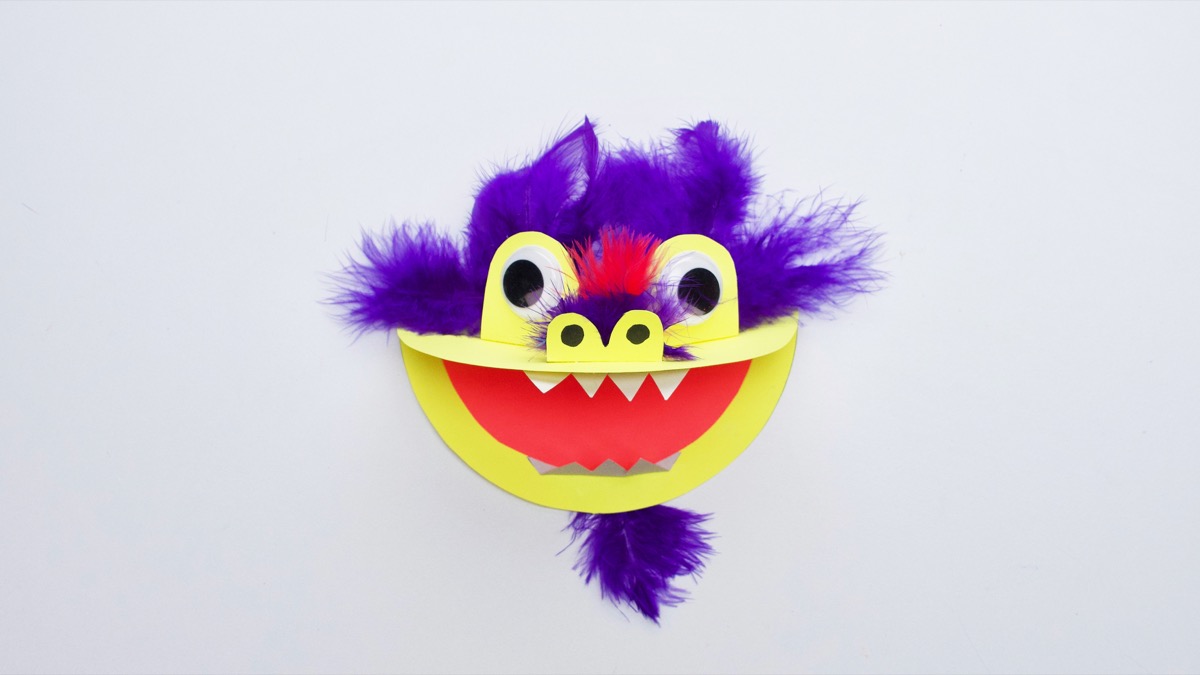

On what kind of background color or pattern does your dragon want to perch?.

What colors have you chosen for your dragon? Do those colors have symbolic meaning?.Is your dragon made up of different creatures?.What kind of a dragon are you making? Describe his (or her) personality.Have students sketch their dragon and think about the following questions: Four- and three-clawed dragons were worn by less important officials in those dynastic periods. They ruled the “Land of the Dragon” from the “Dragon Throne.” During many of the dynasties that have ruled China, the Emperor alone could use the five-clawed dragon as his emblem. Nine is the largest one-digit odd number so it was viewed as the ultimate masculine number- and was therefore connected with the supreme power of the emperor.īeginning as early as the Han dynasty (206 BCE–220 CE), Chinese rulers adopted the dragon as an imperial symbol. In ancient China, odd numbers were considered to be masculine-or yang, while even numbers were feminine-or yin. These physical characteristics are taken from nine different animals. In later texts, they developed into creatures with the horns of a stag, the head of a camel, the eyes of a demon, the neck of a snake, the belly of a clam, the scales of a carp, the claws of an eagle, the soles of a tiger, and the ears of a cow. The dragon-like creatures that first appeared in Chinese mythology resembled snakes and were seen as omens of good or bad fortune.

The Chinese phoenix (or fenghuang), which is often a symbol of yin, is sometimes paired with the dragon to achieve a balance of yin and yang. In Chinese tradition, the best conditions are ones in which yin and yang are balanced, each bringing something to the whole. Yin is associated with non-action, darkness and the moon, and with the tiger and valleys. Yin is the passive, female cosmic principle. Dragons are connected with the concept of yang, as are mountains. Yang is the active, male cosmic principle, which is associated with action, brightness and light, and the sun. Yin and yang are two concepts that are also central to understanding ways of thought in ancient China. The mightiest Chinese dragons were the Lords of the Oceans. In many tales they were keepers of the clouds and winds, but they could also be fierce protectors of special places or treasures.

In ancient Chinese myths and legends, dragons were usually connected with water and often lived in lakes and rivers. Most scholars believe that Chinese dragons began as rain deities or spirits. They were linked with authority and fertility-and they could bring wealth and good fortune to those who honored them. In China, dragons have appeared as important cultural symbols for at least six thousand years! Chinese dragons were seen as powerful and wise creatures with great spiritual powers. Other cultures, such as those in East Asia, believed that dragons were benevolent and wise. Some cultures, particularly in the West, have viewed dragons as symbols of untamed wildness that must be conquered. In many of these cultures, dragons have characteristics of serpents or snakes that are combined with those of other creatures. Dragons figure in myths and legends from all over the world.


 0 kommentar(er)
0 kommentar(er)
